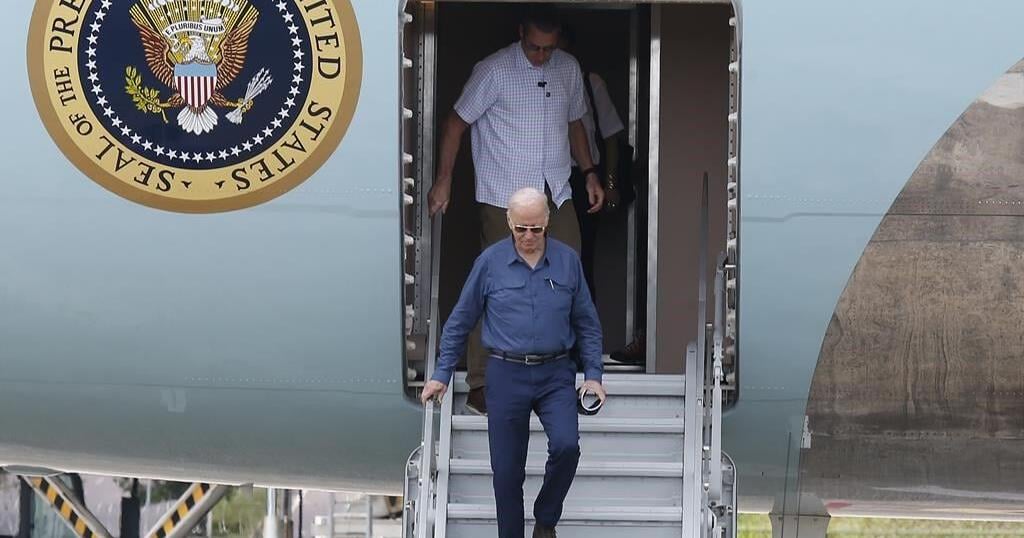MANAUS, Brazil (AP) — President Joe Biden has authorized the use of U.S.-supplied long-range missiles by Ukraine to strike even deeper inside Russia, the latest easing of limitations meant to prevent the conflict from further spiraling, according to one U.S. official and three people familiar with the matter.
The decision allowing Ukraine to use the Army Tactical Missile System, or ATACMs, for attacks farther into Russia comes as thousands of North Korean troops have been sent into a region along Ukraine’s northern border to help Russia retake ground and as President-elect Donald Trump has said he would bring about a swift end to the war, expressing skepticism over continued support by the United States.
The weapons are likely to be used in response to the decision by North Korea to support Russian President Vladimir Putin’s invasion of Ukraine, according to one of the people. The official and the people familiar with the matter were not authorized to discuss the decision publicly and spoke on condition of anonymity.
Ukrainian President Volodymyr Zelenskyy and many of his Western supporters have been pressing Biden for months to allow Ukraine to strike military targets deeper inside Russia with Western-supplied missiles, saying the U.S. ban had made it impossible for Ukraine to try to stop Russian attacks on its cities and electrical grids.
Some supporters have argued that this and other U.S. constraints could cost Ukraine the war. The debate has become a source of disagreement among Ukraine’s NATO allies.
Biden had remained opposed, determined to hold the line against any escalation that he felt could draw the U.S. and other NATO members into direct conflict with Russia.
But North Korea has deployed thousands of troops to Russia to help Moscow try to claw back land in the Kursk border region that Ukraine seized this year. The introduction of North Korean troops to the conflict comes as Moscow has seen a favorable shift in momentum. Trump has signaled that he could push Ukraine to agree to give up some land seized by Russia to find an end to the conflict.
As many as 12,000 North Korean troops have been sent to Russia, according to U.S., South Korean and Ukrainian assessments. U.S. and South Korean intelligence officials say North Korea also has provided Russia with significant amounts of munitions to replenish its dwindling weapons stockpiles.
Trump, who takes office in January, spoke for months as a candidate about wanting Russia’s war in Ukraine to be over, but he mostly ducked questions about whether he wanted U.S. ally Ukraine to win.
He also repeatedly slammed the Biden administration for giving Kyiv tens of billions of dollars in aid. His election victory has Ukraine’s international backers worrying that any rushed settlement would mostly benefit Putin.
America is Ukraine’s most valuable ally in the war, providing more than $56.2 billion in security assistance since Russian forces invaded in February 2022.
Worried about Russia’s response, however, the Biden administration repeatedly has delayed providing some specific advanced weapons sought by Ukraine, only agreeing under pressure from Ukraine and in consultation with allies, after long denying such a request.
That includes initially refusing Zelenskyy’s pleas for advanced tanks, Patriot air defense systems, F-16 fighter jets, among other systems.
The White House agreed in May to allow Ukraine to use ATACMS for limited strikes just across the border with Russia.
___
Long, Miller and Lee reported from Washington. Associated Press writers Ellen Knickmeyer in Washington and Will Weissert in West Palm Beach contributed to this report
